When Mortal Kombat arrived in 1992, it wasn't just another fighting game: it was a clash of style, aesthetics and attitude that pushed the genre to places it hadn't dared to go until then.
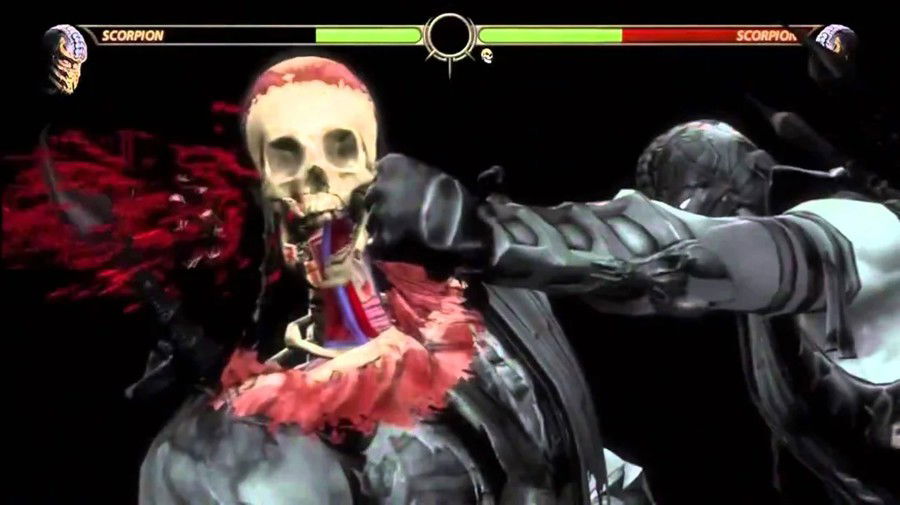
I'm not just talking about the bloodshed and controversy—although that was important—but about design, presentation, and marketing decisions that rippled through the industry and left clear marks on many games that came before it, like Street Fighter and after it.
Now, how this influence manifested itself in practice—from how games began to tell their stories, the emergence of clones of the game, to institutional changes like the creation of the rating system in the US. If you have any questions, just leave a comment.
Public shock and the creation of the rating system
One of the most visible consequences of Mortal Kombat's release was the public outcry over violence in video games. The game became a key target of the 1993–1994 U.S. Senate hearings (along with titles like Night Trap), where politicians questioned the distribution of violent content to children.
The chaos of a game where one fighter punched another's head off and the red blood (not green, black, purple, or any other color that splattered the screen from aliens or robots) that remained on the ground after a violent uppercut shocked religious and conservative groups, such as the Media Coalition, a group of conservative, religious, and parental groups that lobbied against violence in games and movies.
The industry responded by proposing an internal solution: the creation of a ratings system that could inform parents and retailers about the content—thus, in 1994, what we know today as ESRB Ratings (Entertainment Software Rating Board). In short: the absurd gore of Mortal Kombat (and the controversy surrounding it) helped push the industry toward a system of self-assessment and labeling.
This had practical effects. Developers realized they could work with more mature content as long as they accurately informed their target audience. At the same time, public debate gave visibility—and sales—to controversial games: the controversy often served as advertising. In other words, Mortal Kombat not only created a political problem, it also taught the industry that shock sells — but that it needed to be institutionally organized.
Digitized aesthetics and the feeling of “realism”
One of Mortal Kombat's most striking visual features was the use of digitized sprites from real actors. The technique had already been tried (for example, Pit-Fighter), but Mortal Kombat refined and popularized the approach, creating a "real person" feel that resonated with audiences at the time. This paved the way: other studios tried to copy the formula—both the aesthetic and the promise of "this is more real"—because it provided an immediate shock and novelty.
However, the trend was fleeting: with the arrival of 3D and polygons, the digitized aesthetic became a period piece. Still, the use of these resources at that time helped pave the way for a cultural shift: games could target older audiences and explore darker themes without fear of stigmatizing children. This, in turn, allowed designers to test boundaries—narrative, violence, and non-cartoon modes of presentation—and know there was a market for it.
Clones, hype, and the race to imitate success
With great success comes imitators. The wave of Mortal Kombat clones in the 1990s was massive: games like Time Killers, Survival Arts, Primal Rage, BloodStorm, and the infamous Tattoo Assassins tried to replicate the formula—fatalities, gore, digitized sprites, and shocking marketing—with mixed results.
Some drew from the same source and created decent works, like Eternal Champions; others exaggerated the formula to the point of absurdity and failed.
Among the more bizarre cases, Tattoo Assassins became a legend. An exaggerated attempt to compete with Mortal Kombat, it promised thousands of finishers and ridiculous sequences (from turning opponents into objects, killing them with farts, leaving them naked, and other outrageous effects).
There was a race to see who could do the most shocking thing—and the public quickly got tired of the insubstantial exaggerations. Mortal Kombat, on the other hand, continued to evolve in a more coherent way.
The idea of a grotesque finisher—Fatalities—was absorbed and reinterpreted by other games. Not everyone called it a "fatality"; there were “overkills” in Eternal Champions, “fatalities” and other variations in titles like Primal Rage, and even spin-offs and smaller projects tried to copy the ultimate execution mechanic as a spectacle device.
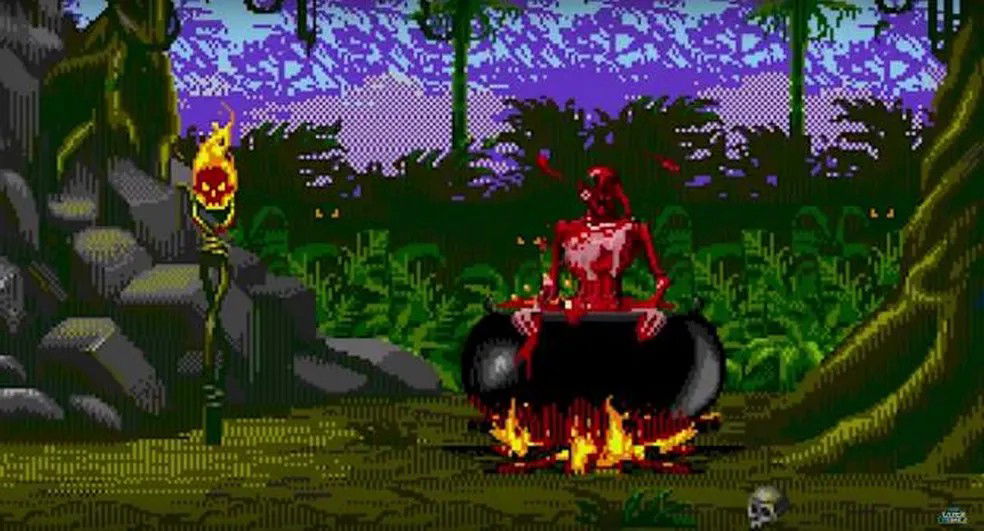
Some games were creative and included finishers that utilized the setting (dying by being thrown into traps, for example) or introduced curious mechanics; others simply wanted to shock for the sake of shock.
The important point here is both technical and cultural: Mortal Kombat transformed the idea of "end of round" into an event—something worth showing off, collecting, and discussing. This changed the design of endings in many fighting games: defeat stopped being simply "losing your life bar" and became a moment of display and humiliation for the opponent.
Interestingly, the controversy led the creators of Mortal Kombat themselves to play with the idea of graphic violence. Mortal Kombat II introduced Friendships and other humorous finishers as a response to criticism: it was a way of saying, "Okay, you're shocked—here's something silly too," and Babalities, to play with the "whiners" who criticized the game's violence.
The scene's response was mixed: while some imitators rushed the brutality, others used absurd humor (like Tattoo Assassins' ridiculous finishes with "nudality" or "fartality") to try to differentiate themselves; the results weren't always good.
Game modes, single player and narrative
Another less obvious but very relevant legacy was how Mortal Kombat expanded the scope of offline modes. While fighting games historically offered quick matches and short ladders, the Mortal Kombat series (especially from the 3D phase onward and, even more so, with the 2011 reboot) invested heavily in single-player modes with cinematic storylines, narrated tutorials, and campaigns that justified the game's universe. The result was that the "local multiplayer only" approach was no longer sufficient: players wanted solo content that told a story, taught mechanics, and offered varied challenges.
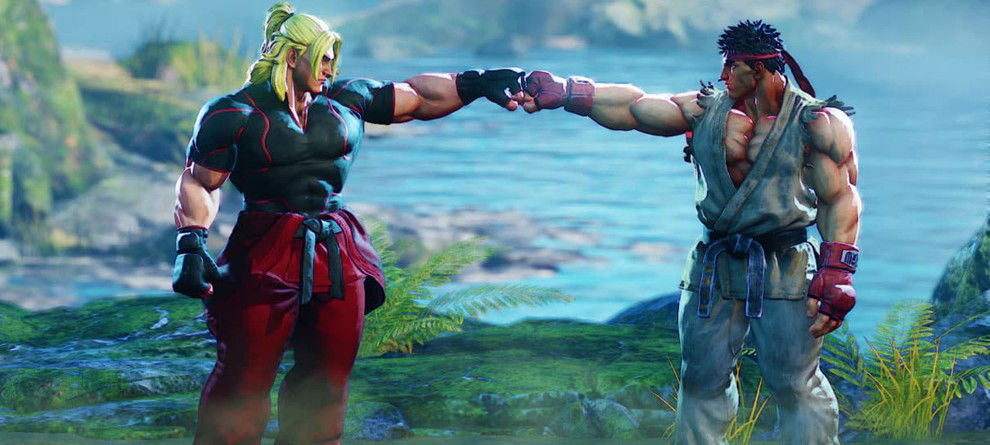
This movement influenced other studios. When Capcom released Street Fighter V, for example, some critics (and the developers themselves) recognized that the addition of a cinematic mode (A Shadow Falls) seemed to respond to a trend that NetherRealm (the modern creator of Mortal Kombat) had already been exploring with its cinematic campaigns in Mortal Kombat and Injustice. Critics of Street Fighter V often compared the mode to what NetherRealm had been doing—which is a practical way of acknowledging the influence.
Furthermore, in practice, Mortal Kombat also left its mark technically. The use of simpler inputs (at times), the button-based blocking system instead of retreat, the emphasis on "visual" special moves, and the investment in auxiliary modes (towers, challenges, krypts, etc.) were options that other studios observed and, at times, incorporated. It's not always a direct copy — and many games evolved by mixing ideas from Street Fighter, Tekken, and others — but there was a "transfer of ideas": what worked in presentation and content was studied and reused.
Competitive and the eSports Scene
The way Mortal Kombat connected with its audience helped popularize a larger base of "casual" players. The series' visual appeal, the spectacle of its finishers, and the variety of single-player modes attracted people seeking more than just pure competition. Many players were drawn to the narrative elements, iconic characters, and creative ways to defeat opponents, without necessarily engaging in high-level matches. This combination allowed the franchise to reach not only fans of traditional fighting games but also new players captivated by the series' spectacle.
At the same time, Mortal Kombat created and strengthened modern competitive scenes. Since the 2011 reboot, games in the series have been consistently included in events and tournaments, such as EVO (Evolution Championship Series), one of the largest fighting game championships in the world. These tournaments bring together players of all levels, from amateurs to professionals, and pit Mortal Kombat against other major names in the genre, such as Street Fighter and Tekken. This consistent presence in esports has solidified the franchise as a respected competitive title, attracting viewers and players interested in both the strategic level and the visual entertainment of the fights.
Furthermore, the series has helped bridge the gap between casual audiences and the competitive scene. Players familiar with the game through single-player modes or fatalities often found themselves involved in competitive matches online or in person. The accessible mechanics, yet deep enough for high-level matches, have allowed longtime fans and new players to meet in competitions, strengthening the community and increasing interest in the genre as a whole.
Today, Mortal Kombat is a regular presence at major fighting events, including regional and international championships. In addition to EVO, the series appears at events such as Combo Breaker, DreamHack, and official competitions from NetherRealm and Warner Bros., which promote online and in-person tournaments. This reach has expanded the franchise's audience, connecting casual players, longtime fans, and esports professionals around a shared experience.
Conclusion: influence that is not just blood
In short: Mortal Kombat influenced many subsequent fighting games on various levels. Politically, it helped create a ratings system that allowed for more mature, yet regulated, content (ESRB). Visually, it popularized an aesthetic that promised immediate "realism" with digitized sprites. Commercially, it spawned a wave of imitators and, with it, a lesson learned: shock without substance doesn't sustain a franchise.
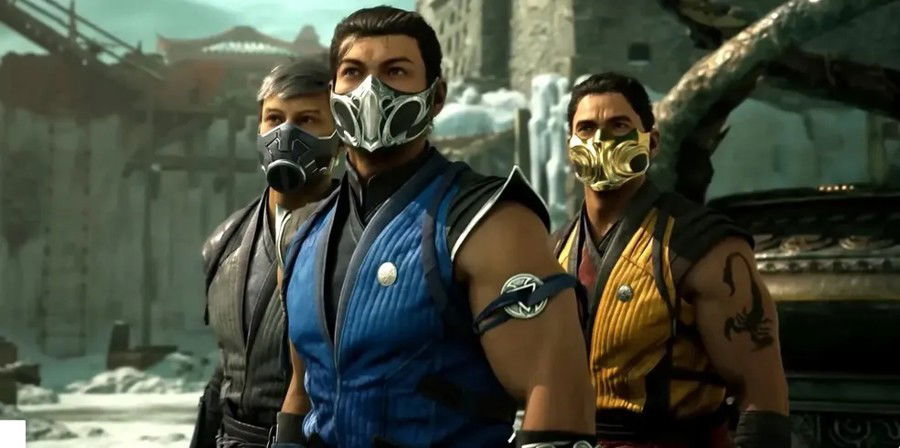
In terms of design, it introduced the concept of the finisher as a spectacle, reinforced the importance of cinematic single-player modes, and demonstrated that investing in content beyond combat could attract wider audiences. All of this made the genre more diverse, riskier, and, in many ways, more mature.









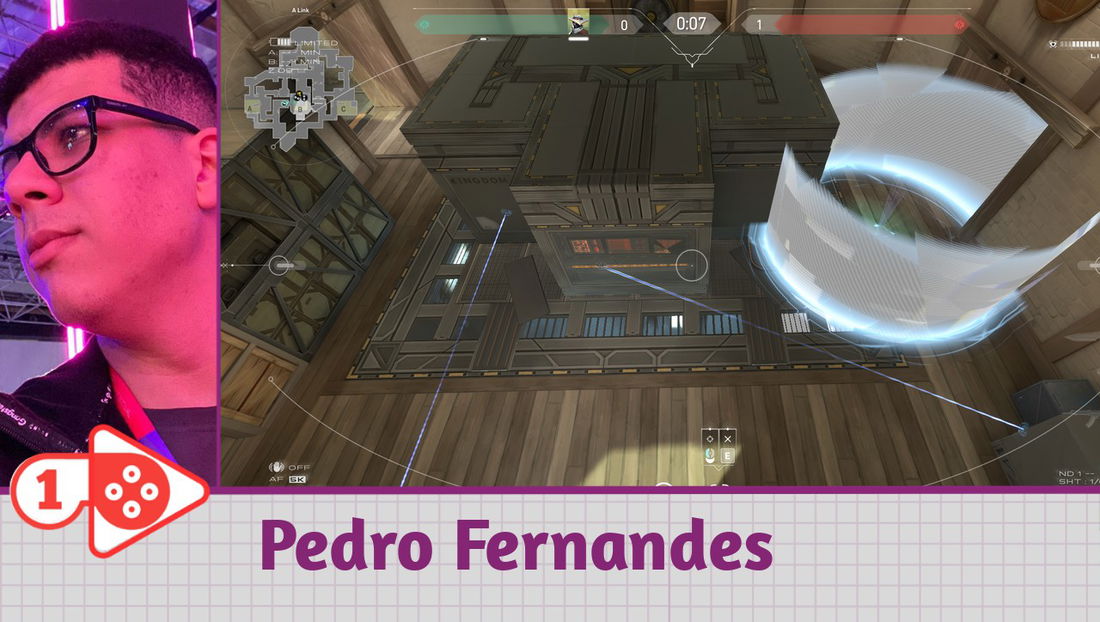


— Comments 0
, Reactions 1
Be the first to comment